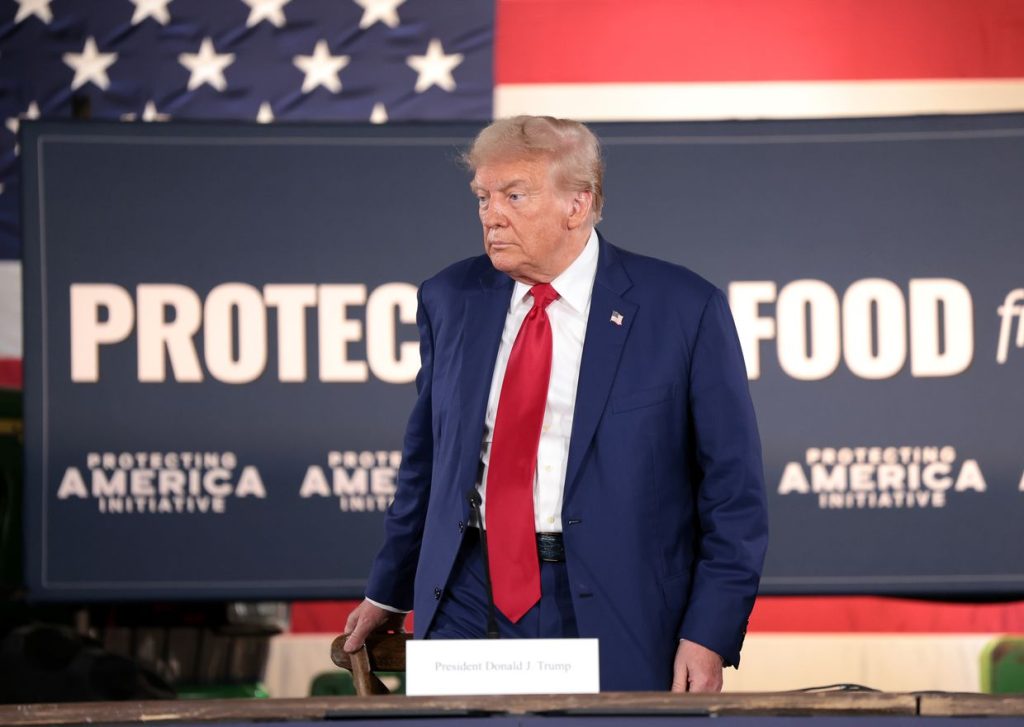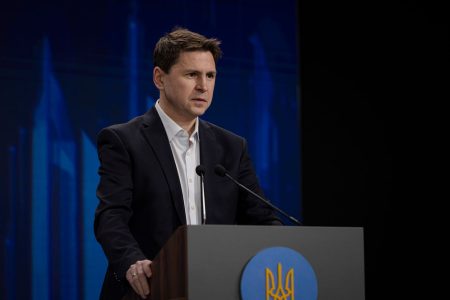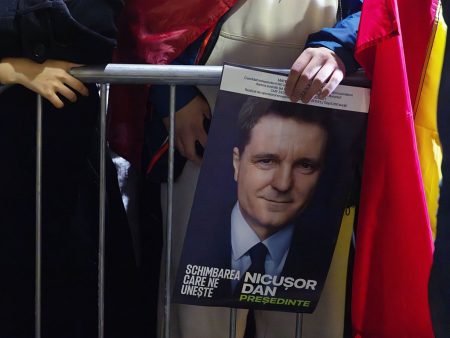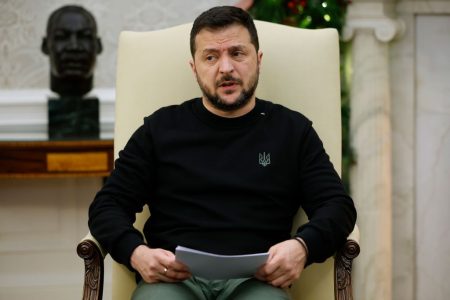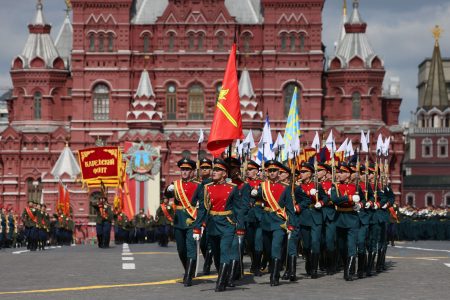Donald Trump, the Republican presidential nominee, announced on September 26 that he would meet with President Volodymyr Zelensky at Trump Tower in New York City on the following day. This announcement came after earlier reports from the AP stated that there was no planned meeting between the two. Zelensky had been in the U.S. since September 22, engaging in various high-level meetings and appearances. Trump’s rhetoric against Zelensky and U.S. support for Ukraine had become harsher, with Trump claiming that Zelensky wants Democrats to win the upcoming presidential election and referring to him as “the greatest salesman on earth.”
Earlier on September 26, Trump shared a screenshot of a message allegedly from Zelensky on Truth Social, a social media platform. The message, which could not be verified independently, reportedly requested a meeting with Trump, emphasizing the importance of direct personal contact between the two leaders. Trump’s running mate, Senator J.D. Vance, had previously mentioned a potential plan to end Russia’s war, involving the establishment of a demilitarized zone between Ukraine and Russia. Trump had also stated that he would end the full-scale war in Ukraine within 24 hours if elected, but when pressed for details, he chose not to elaborate on his vision for ending the conflict.
Trump criticized Zelensky for allegedly refusing to “make a deal” with Russia and for making negative comments about Trump during a campaign rally on September 25. These remarks came amidst Zelensky’s U.S. visit and hinted at tensions between the two leaders regarding potential negotiations with Russia. Trump’s comments emphasized the need for Zelensky to be willing to engage in diplomatic discussions and agreements to resolve the ongoing conflict in Ukraine. The upcoming meeting between Trump and Zelensky at Trump Tower could present an opportunity for the two leaders to address these issues directly and potentially find common ground on the situation in Ukraine.
The issue of territorial concessions in exchange for peace between Ukraine and Russia was raised, with Trump declining to answer whether he believed Ukraine should cede territory as part of a peace agreement. Senator Vance had previously suggested the idea of a demilitarized zone as a potential solution to the conflict. Trump’s stance on ending the war within 24 hours, coupled with his reluctance to provide specifics on his plan, raises questions about the feasibility and practicality of his proposed approach. The meeting between Trump and Zelensky could shed light on how the two leaders plan to address the ongoing conflict in Ukraine and work towards a resolution.
Trump’s criticism of Zelensky for not being open to negotiations with Russia highlights the complexities of the situation in Ukraine and the challenges of finding a diplomatic resolution to the conflict. Zelensky’s visit to the U.S. and his interactions with foreign leaders, including Trump, present an opportunity for dialogue and potential progress towards resolving the conflict. The meeting between Trump and Zelensky at Trump Tower could be a pivotal moment in shaping the future direction of U.S.-Ukraine relations and addressing the conflict with Russia. The differing perspectives of the two leaders and their willingness to engage in dialogue will play a crucial role in determining the path forward for Ukraine and its relationship with the U.S.









